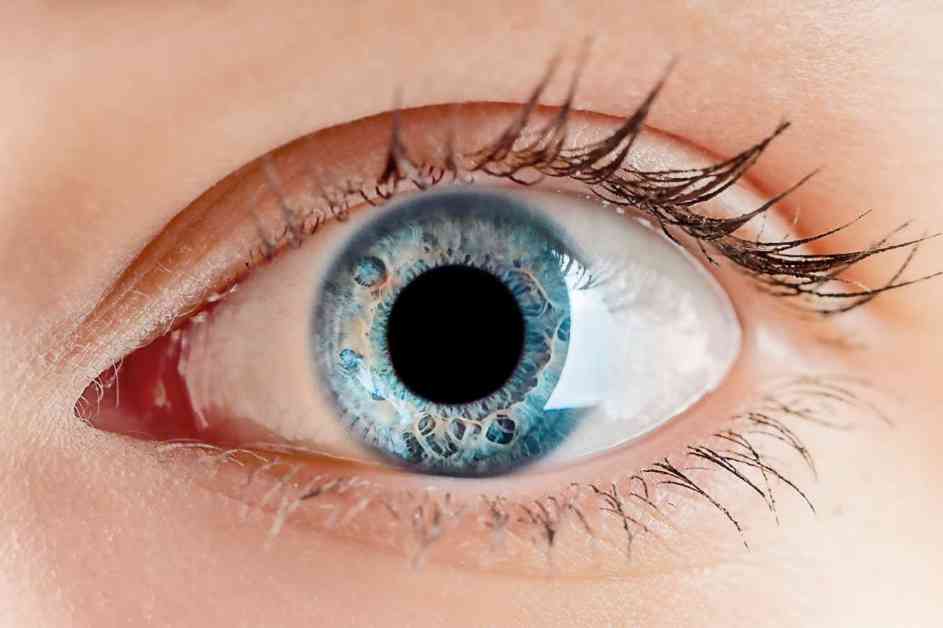Our pupils naturally change in size as we breathe in and out, but the impact on our vision remains uncertain. While it may be challenging to observe these changes with the naked eye, researchers have long been aware of the connection between breathing and pupil size.
Martin Schaefer from the Karolinska Institute in Sweden acknowledges the difficulty in visually perceiving these fluctuations. The process involves the pupils contracting as we inhale, reaching their largest diameter during exhalation, and then rapidly shrinking at the end of the exhaling cycle.
Although the exact implications of how breathing affects pupil size are still being studied, there is potential for this phenomenon to aid in diagnosing certain medical conditions. For instance, variations in pupil size can provide valuable information in identifying issues like concussion.
As researchers continue to delve into the intricacies of this relationship between breathing and pupil size, the implications for healthcare and our understanding of the human body could be significant. Understanding these subtle changes could potentially lead to new diagnostic tools or treatment approaches in the future.
Furthermore, the connection between breathing and pupil size highlights the intricate ways in which different bodily functions are interconnected. It serves as a reminder of the complexity of the human body and how seemingly unrelated processes can influence one another.
By exploring the nuances of how our breath impacts our pupils, we gain a deeper appreciation for the intricate mechanisms at play within our bodies. This ongoing research not only sheds light on the relationship between breathing and pupil size but also underscores the importance of continued scientific exploration in unraveling the mysteries of human physiology.


